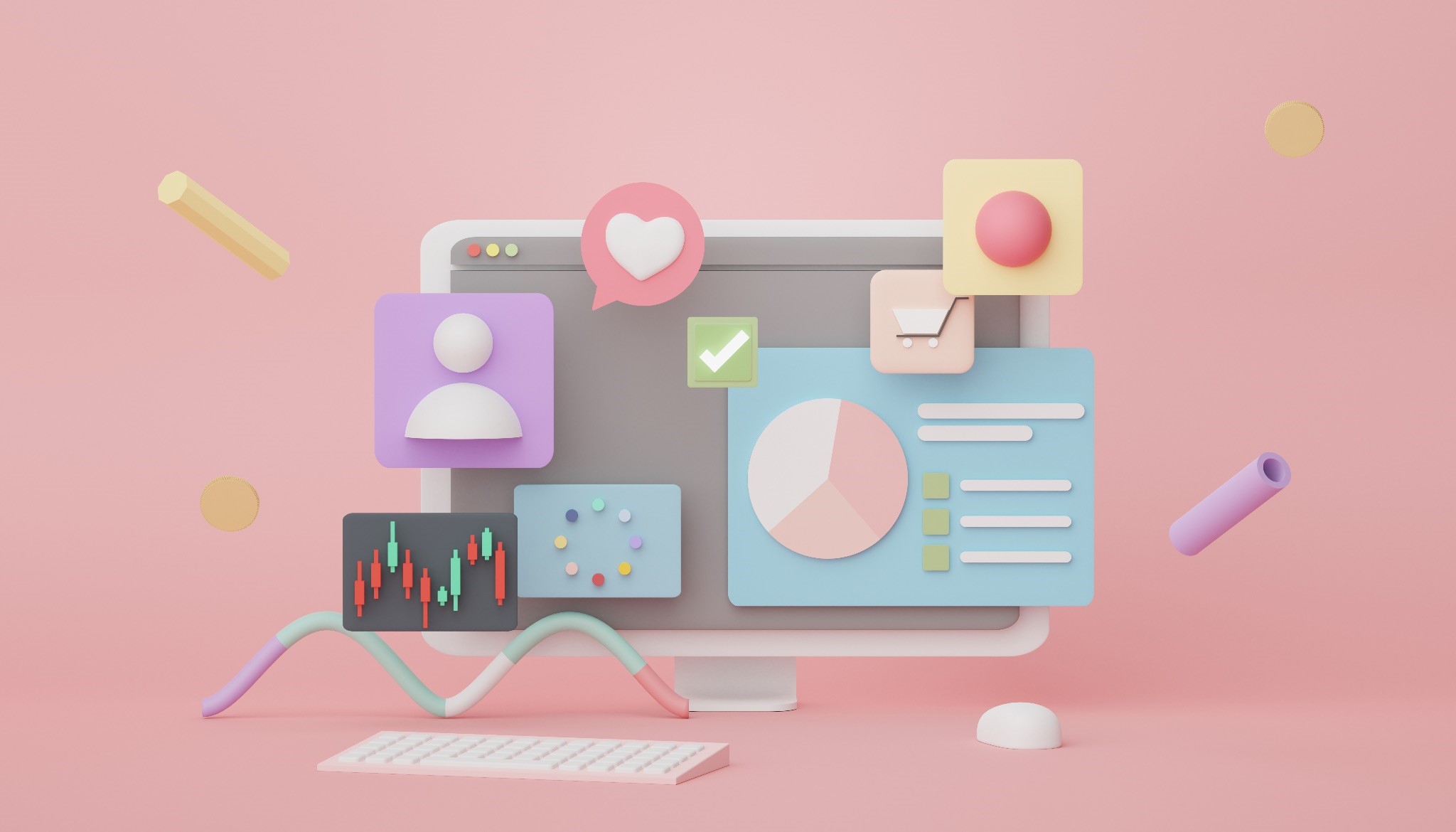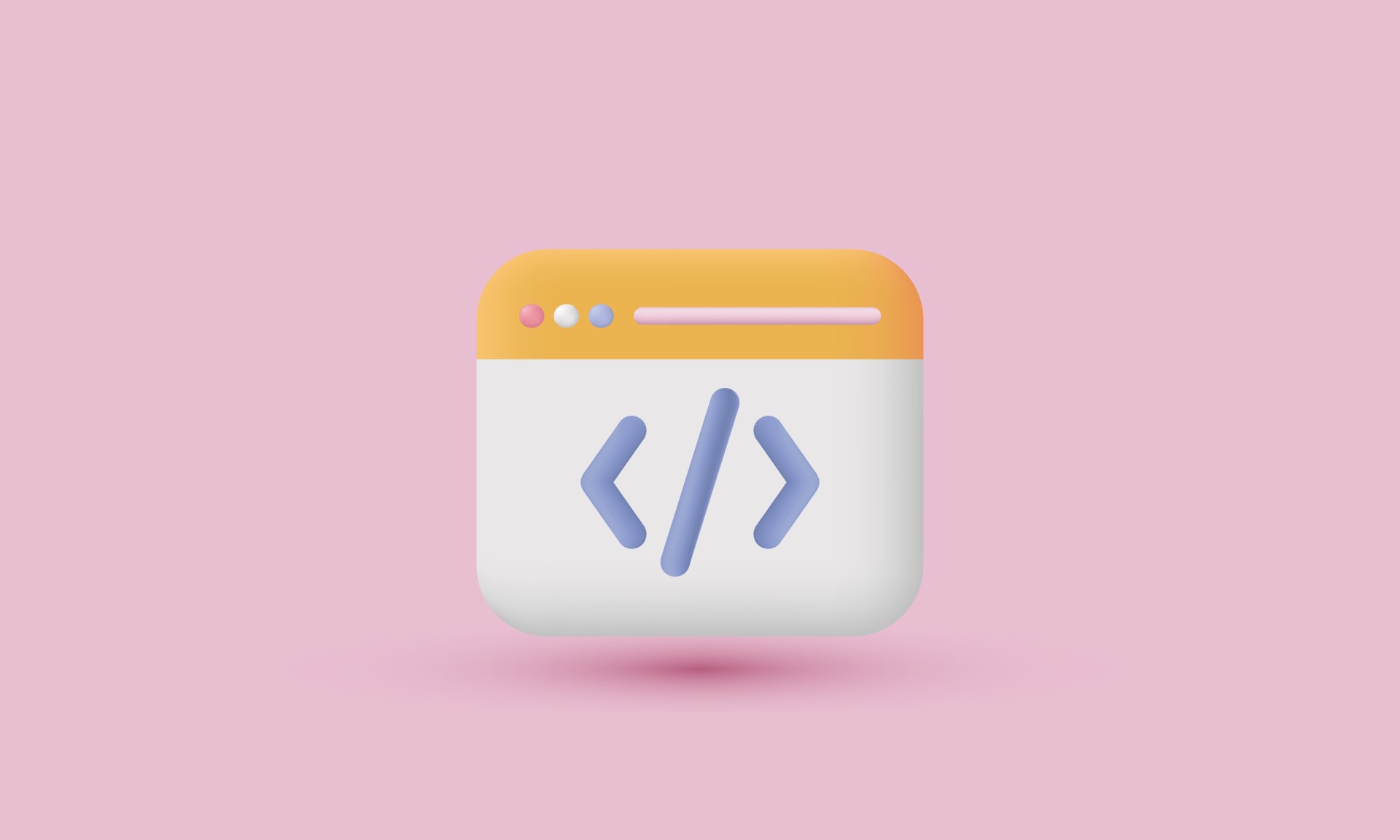Learning to Code: Which Programming Languages are Essential for Web Designers?

Programming languages like in the world of web design in Melbourne remind one of the maschere of its game. You are creating the electronic world just like an artist with programming languages. Each line of code can be shaped to create a masterpiece of your digital design or even to enable an improved user interface.
But with a huge selection of different languages that you can find, how do you know which one is the most important for web designers? The present piece gives an account of the examination procedure and provides some suggestions that can make your choice easier.
The Importance of Using the Right Programming Languages for Web Design
Programming language choices in web design are not only about following the rules of formality; it has a serious effect on the features, performance, and scalability of a website. The use of such language ensures that web development is cost-effective, that maintenance is easy, and that compatibility across various platforms and devices is guaranteed. Indeed, some languages are built for particular duties, like front-end styling, back-end fulfillment, or database management; it is unlikely that these terms won't become very familiar to a designer.
Types of Common Programming Languages for Web Design
1. HTML (HyperText Markup Language)
HTML functions as the cornerstone of web development as it acts as the basic framework upon which web experiences are built. Drawing on the structure of tags in HTML, one can visually organize a document, adding items like a heading, a paragraph, an image, and any other miscellaneous components.
Despite the VGW's humble origins, it hides an immense potential as it sets up the basic fabric of the web pages, ensuring the following: accessibility, compatibility, and search engine optimization. Styling and scripting, for instance, have transformed into adding such powerful elements as video and audio integration, responsive designs, and other semantic wonders, broadening the scope of this language's usability and adaptability to contemporary web standards.
2. CSS (Cascading Style Sheets)
CSS is the paintbrush of the web. It lets designers add color and style to websites. With CSS, you can change how things look. You can pick colors, fonts, and layouts. CSS makes websites look nice and easy to use. It also helps websites work on different screens like phones or tablets. CSS keeps things looking the same across all pages. This makes websites look professional and easy to recognize. The latest version of CSS, CSS3, adds cool effects like animations and layouts. These effects make websites more fun and engaging.
3. JavaScript
JavaScript is the tool that makes websites come alive. It adds interactivity and motion to web pages. With JavaScript, designers can make forms to check if the information is correct. They can also make things move when you click or scroll. JavaScript lets websites talk to servers and get new information without reloading the page. It can handle user actions like clicking buttons or typing text. JavaScript and its libraries let designers create games, apps, and animations right in the browser. With JavaScript, websites become more than just static pages.
4. PHP (Hypertext Preprocessor)
PHP is the mighty engine driving many websites. It empowers designers to build web apps, content systems, and e-shops. With PHP, servers can process data, connect to databases, and create dynamic content. Popular tools like WordPress, Drupal, and Joomla use PHP. These readymade solutions let designers focus on creating great user experiences without sacrificing speed or safety.
Python is known for being simple, clear, and versatile. It is useful for data work, machine learning, and automation beyond web design. For websites, Python powers server coding, web scraping, and backend tasks. Its clean style and libraries like Django and Flask help make scalable, secure apps. Python unleashes modern web tech for amazing digital experiences.
Which to Choose?
To choose the right tool, consider your goals. PHP excels at content systems and e-commerce with rich features and big communities. Python shines for data tasks, automation, and apps needing speed and control. Both can make great websites, so pick based on your priorities, team skills, and long-term needs.
When making programming language choices for web design tasks, it's wise to think about the project needs, your skill level, and whether the language can grow as needed. For basic websites or simple designs, HTML and CSS work well. They are lightweight and don't require too much work. For websites with more features or e-commerce stores, JavaScript, PHP, or Python offer the tools to make things happen and let users do more. Look at the strengths and weaknesses of each language option. Make sure the choice fits with systems already in place. Pick a language based on the project's size, how complex it is, and the level of performance needed.
Tips and Tricks for Choosing a Programming Language for Web Design

Image Credit: Freepik
Keep Up to Date
The world of web development is always changing. To stay on top of new tech, frameworks, and best ways to work, read industry emails, follow top developers online, and join web forums and groups. Keeping your skills sharp and learning new things will help you handle new challenges and chances in web design.
Practice Regularly
You do not become an expert coder overnight. It takes regular practice, trying new things, and improving your skills. Set aside time every day for coding exercises, challenges, and personal projects. Building your language skills and understanding programming concepts will make you better. Look at open-source projects, work on group coding efforts, and get feedback from others. This growth mindset helps speed up your web development learning journey.
Join Online Group
Creating websites is teamwork that brings people together. Talking with others who make websites is helpful. You can share ideas and get advice. Work with designers, developers, and people who love the web. Join online groups and use sites where you collaborate. When we work together, we learn new things and solve problems better.
Websites should be easy for everyone to use. Follow accessibility rules when designing. Use simple HTML code and explain images with text. Make sure people can use your site without a mouse. Do this, and your site will work well for people with disabilities. Build websites with kindness so all people can use them.
Good websites change over time as people use them. Ask users what they think and watch how they click around. Then, update the site to work better. Use tools that track where people click and how they move on pages. Keep testing and improving based on real data. Listen to users, and your site will be great for years.
Conclusion
Web design opens doors to an ever-evolving digital world. Picking the right coding languages is vital in shaping unique online experiences. By grasping their significance, studying widely used options, and following smart advice, web designers can employ code to craft captivating, user-focused sites that redefine creativity and functionality. Whether starting or an experienced pro exploring new horizons, mastering essential programming languages unlocks boundless web design possibilities.
(Devdiscourse's journalists were not involved in the production of this article. The facts and opinions appearing in the article do not reflect the views of Devdiscourse and Devdiscourse does not claim any responsibility for the same.)










